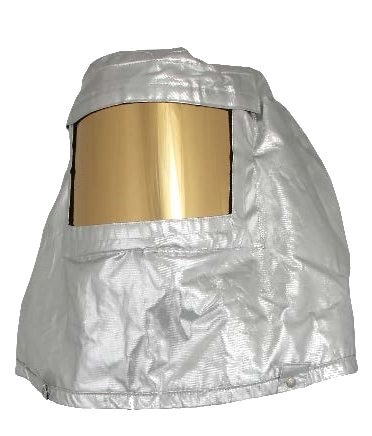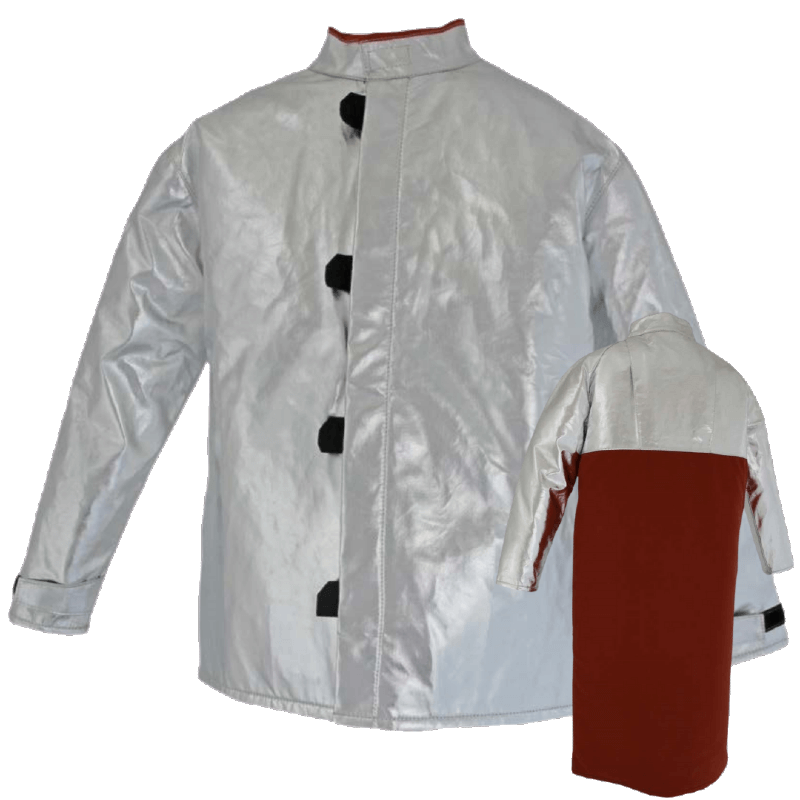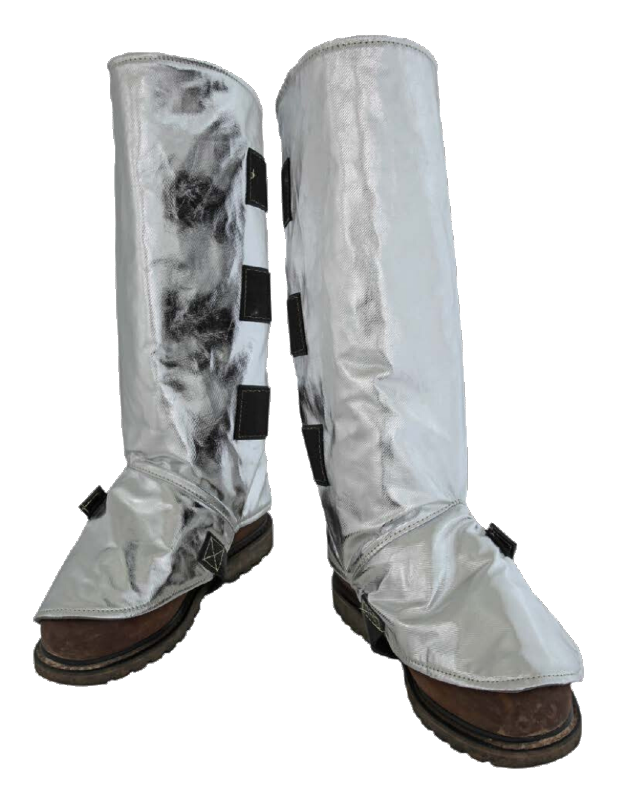Foundry Protective Clothing - Design and Performance
Heat Stress and molten metal accidents are a serious threat to the safety of foundry workers. PPE designed to protect foundry workers against heat and molten metal splash can save workers from disabling or potentailly fatal burns and injuries.
Elliotts have been designing and manufacturing protective clothing for foundries for over 40 years, our range and designs offer different balances across the following four key aspects:
1. Protection
FLAME RESISTANCE - Protective clothing must be made of fabric that is flame-resistant so that it will not ignite and continue to burn after the heat source is removed. Additionally, FR fabrics should shield the wearer from second and third-degree burns as much as possible. EN ISO 11612 Protective clothing - Clothing to protect against heat and flame measures the performance of fabrics in relation to flame resistance.
ABILITY TO SHED MOLTEN METAL - The fabric must demonstrate the ability to shed molten metal from its surface without sticking. This performance of the fabric is greatly dependent on the type of molten metal. EN ISO 11612 Protective clothing - Clothing to protect against heat and flame measures the performance of the fabric in relation to flame resistance.
2. Comfort
Foundries are extremely hot environments and in most situations the risks dictate that Primary Protective Clothing must be worn, While protection is critical, managing the wearer's comfort and limiting the possibility of heat stress can be assisted by considering the following:
- DESIGN - The design should ensure ease of donning and doffing, allow maximum freedom of movement, and where possible use rear openings or vents to increase air exchange to better manage heat loss. However protective clothing manufactured to meet the requirements of ISO 11612 must comply with specific design requirements including minimum overlap of garments, quick-release fastening, specific pockets and closures, no cuff turn-ups, and much more.
- WEIGHT - Depending on the protection level required, fabric weight and the amount of fabric used should be kept to a minimum to keep the weight of the garment as light as possible. Heavy garments are not only uncomfortable for the wearer but can lead to fatigue and reduced productivity.
- FLEXIBILITY - Different fabrics offer different levels of flexibility or suppleness which can affect the ease of movement and therefore flexibility of a garment. Stiff and inflexible garments are not only uncomfortable for the wearer but can also lead to fatigue and reduced productivity.
3. Durability / Life Cycle
Choosing the most suitable garment design and fabric combination for the specific application will help provide the appropriate protection but also maximise the life of the garment. Educating the wearer about how and in what applications the garment should be utilised, what protection it will provide, and how to care for and maintain the garment can improve risk management and improve the life of the PPE.
4. Standards Compliance
Foundry work such as charging, taping, and pouring molten metal can expose workers to dangerous thermal hazards and burn injuries. PPE designed to protect foundry workers should be made to a standard. Elliotts' range of Foundry PPE is either manufactured to meet the requirements of 11612 Protective clothing - Clothing to protect against heat and flame and or is made of materials independently tested to meet the standard.
REFERENCE PAGES:
Foundry Protection Introduction | Foundry Protection Standards | Foundry Protection - Materials & Performance | Foundry Protection Garment Designs | Types of Foundry Protection



